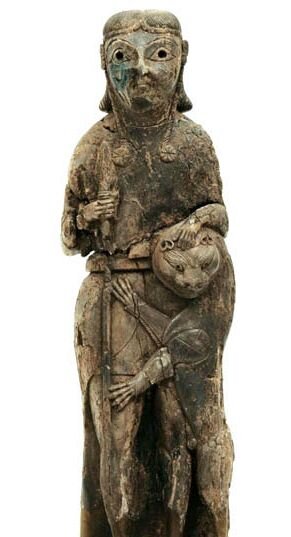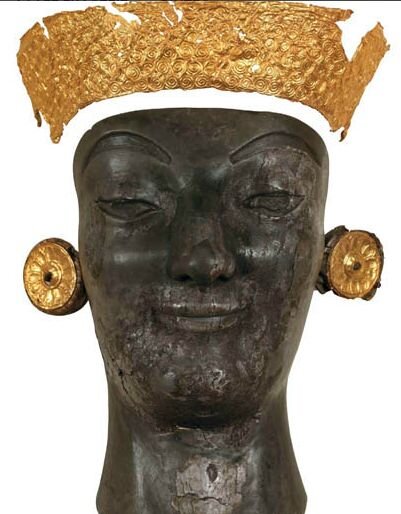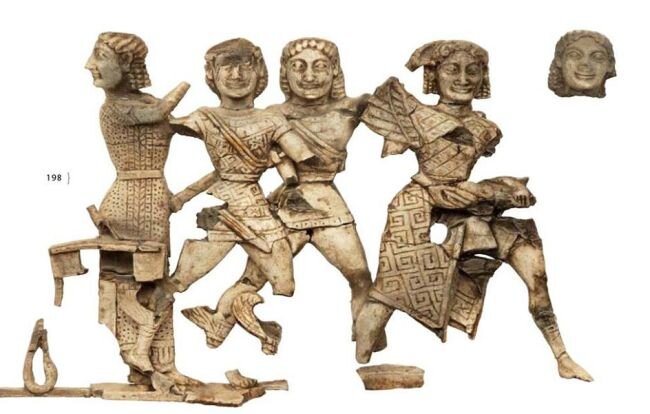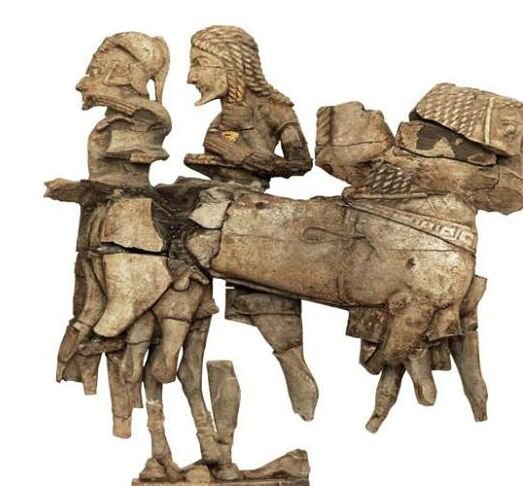The Oracle of Delphi was famous not only in Greece but in the whole, then known, world. Proof of this is the dozens of votive offerings that the kings of the East sent to receive an oracle from Pythia.

The very expensive objects are known through descriptions by Herodotus and thanks to a great discovery made in the last century by French archaeologists.
According to Herodotus, the kings of Asia Minor sent gifts to the temple of Apollo to be advised by Pythia on the conduct of the state, the outcome of a war, and the policy to be pursued. The first of the “barbarians” to send a gift to the god Apollo-a throne-was Midas, king of Phrygia. The first king of Lydia, Gygis, sent six golden craters, while the greatest donor was Croesus, the last king of Lydia.
According to Herodotus, Croesus had sent delegations to all the known oracles to determine who made the most accurate predictions. When they returned, he found that only Pythia had given the correct answer about him and ordered his craftsmen to make golden objects to send to Delphi. Among them were four silver pits, two casings of precious metals, a statue of a woman made of gold, and two craters, one of gold and one of silver, which adorned the entrance to the temple of Apollo. The most majestic gift was considered to be the golden lion, which weighed about 250 kilos and stood on a pedestal consisting of 117 bases. Herodotus reports that the votive offerings were taken by the priests to the treasury of the Corinthians after a great fire broke out in the sanctuary where they were kept. As it turned out, however, the tributes of the leaders of Asia Minor were not just what the ancient writers described.

The 1939 excavation
A few months before the outbreak of World War II French archaeologists continued to excavate the Oracle of Delphi. At one point they decided to remove the slabs of a road that ran between the monuments and that had been built in the early Byzantine years.

Arriving between the Corinthians’ treasury and the Athenians’ gallery, they discovered two large deposits containing 2,000 bone fragments dating from the 8th to 5th centuries BC. These were worn votive offerings that had been destroyed. The priests carefully buried them so that they would not come out of the sanctuary and remain underground for many centuries.
Fragments of the two depots of the sacred road
It took several years to glue and restore the fragments.
Today they are on display at the Archaeological Museum of Delphi. Among other things, there is a statue of the god Apollo, remains of ivory statues, representations of warriors and with mythological themes.
One of the most impressive representations is the relief depiction of the Argonaut expedition, which shows the Voreades hunting the Harpies. The depiction was reconstructed from 40 fragments.

Jason and his companions landed on the coast of Thrace, which was ruled by Phineas. The latter had been blinded by the gods and could not enjoy his food because two female monsters, the Harpies, were taking it away from him. Then two of Jason’s companions, sons of Voreas, who were also winged, pursued them and helped him take back the food.

In return for the favour, Phineas advised them about how to cross the Simpligades stones and managed to blow favourable winds and continue their journey.
According to archaeologists, most were decorative jewellery boxes or wooden utensils. It is an example of the large offerings that reached the oracle from all over the then known world. People wanted to thank the god Apollo and ask him for his help.





